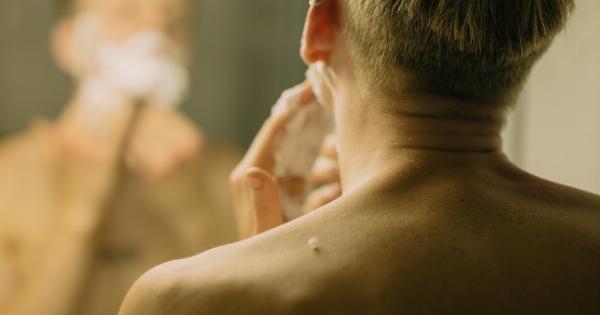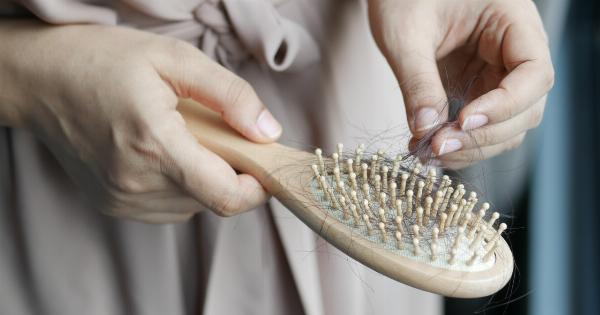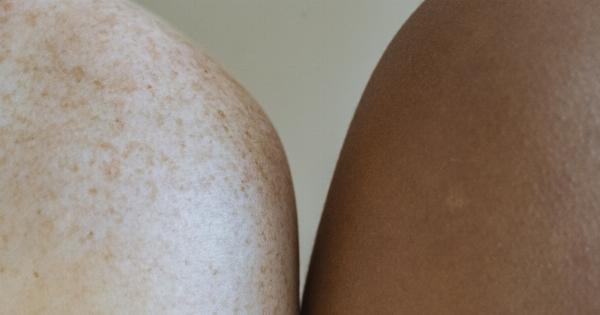Waxing has become a popular method for hair removal in various areas of the body, including the bikini area. However, many experts caution against waxing in this sensitive region due to a multitude of reasons.
These concerns primarily revolve around the potential risks and complications that can arise from waxing the bikini area. If you’re contemplating this hair removal technique, it is crucial to understand the expert advice and consider alternative methods that may be safer and more suitable for your needs.
The Potential Risks
1. Increased Sensitivity: The skin in the bikini area is more delicate than other parts of the body. Waxing involves tearing out hair from the root, which can lead to increased sensitivity and discomfort, especially for individuals with sensitive skin.
2. Irritation and Redness: Waxing can cause irritation and redness in the bikini area. The pulling action of wax strips combined with the sensitivity of the region can lead to inflammation and temporary skin discoloration.
3. Ingrown Hairs: One of the most common issues associated with waxing is the development of ingrown hairs. When new hair grows, it may get trapped under the skin, leading to painful and unsightly bumps.
The bikini area is particularly prone to this problem due to the coarser nature of the hair and the tight clothing often worn in that area.
4. Infection and Folliculitis: Improper waxing techniques or unhygienic practices can increase the risk of bacterial infection and folliculitis.
Folliculitis occurs when hair follicles become inflamed or infected, causing red, pus-filled bumps on the skin. The bikini area is highly susceptible to these conditions, especially if not cleaned and prepared correctly before waxing.
5. Pain and Discomfort: Waxing the bikini area can be painful, especially for individuals with a lower pain tolerance. The process involves ripping the hair out from its roots, which can be an uncomfortable experience for many.
Alternatives to Waxing
Fortunately, several alternative methods for hair removal in the bikini area exist that are considered safer and less likely to cause complications. These alternatives include:.
1. Razor: Shaving the bikini area with a razor is a quick and cost-effective way to remove hair. However, this method can result in prickly stubble and potential razor burns if not performed carefully.
It is essential to use a clean and sharp razor to minimize the risk of irritation.
2. Trimming: Trimming the hair in the bikini area using scissors or a specialized trimmer is a non-invasive way to maintain a neat appearance.
Trimming allows for controlled hair length while avoiding the potential side effects of more aggressive hair removal methods.
3. Depilatory Creams: Depilatory creams can be used to dissolve the hair at the skin’s surface. They are typically left on for a specific duration and then wiped away.
However, these creams contain chemicals that can cause irritation, so it is crucial to perform a patch test first and follow the instructions carefully.
4. Laser Hair Removal: Laser hair removal offers a long-term solution to unwanted hair. This procedure uses laser technology to target and damage hair follicles, significantly reducing hair growth over time.
Although it may require multiple sessions and can be more expensive, it is a safe and effective option for many.
5. Professional Trimming or Waxing: If you still prefer waxing, it is advisable to seek a professional esthetician who specializes in bikini waxing.
A skilled professional can minimize the risk of complications by using proper techniques and maintaining hygienic practices.
Tips for Safe Hair Removal
If you choose to remove hair from your bikini area, regardless of the method, it is crucial to prioritize safety and minimize potential risks. Here are some tips to help you achieve safe hair removal:.
1. Practice good hygiene by thoroughly cleansing the bikini area before and after hair removal.
2. Make sure to perform a patch test with any new hair removal product to check for allergic reactions or skin sensitivity.
3. Opt for professional services whenever possible, ensuring the esthetician is experienced and follows strict hygiene protocols.
4. Avoid using any hair removal method on broken or irritated skin as it can worsen existing conditions.
5. Moisturize the bikini area regularly to keep the skin hydrated and soothe any potential irritation.
6. When shaving, use a clean and sharp razor, and always shave in the direction of hair growth to minimize irritation and ingrown hairs.
7. Keep your tools clean and replace them regularly to prevent the spread of bacteria or potential infections.
8. Do not hesitate to consult with a dermatologist or healthcare professional if you experience persistent irritation, infections, or discomfort after hair removal.
Conclusion
While waxing may seem like a convenient option for hair removal in the bikini area, it is essential to consider the advice of experts and potential risks associated with this method.
Increased sensitivity, irritation, ingrown hairs, infection, and pain are common concerns that can arise from waxing. However, several safe alternatives, such as shaving, trimming, depilatory creams, and laser hair removal, offer effective solutions.
By practicing good hygiene, being mindful of safety precautions, and opting for professional services when necessary, you can achieve a well-groomed bikini area without compromising your skin’s health.





























